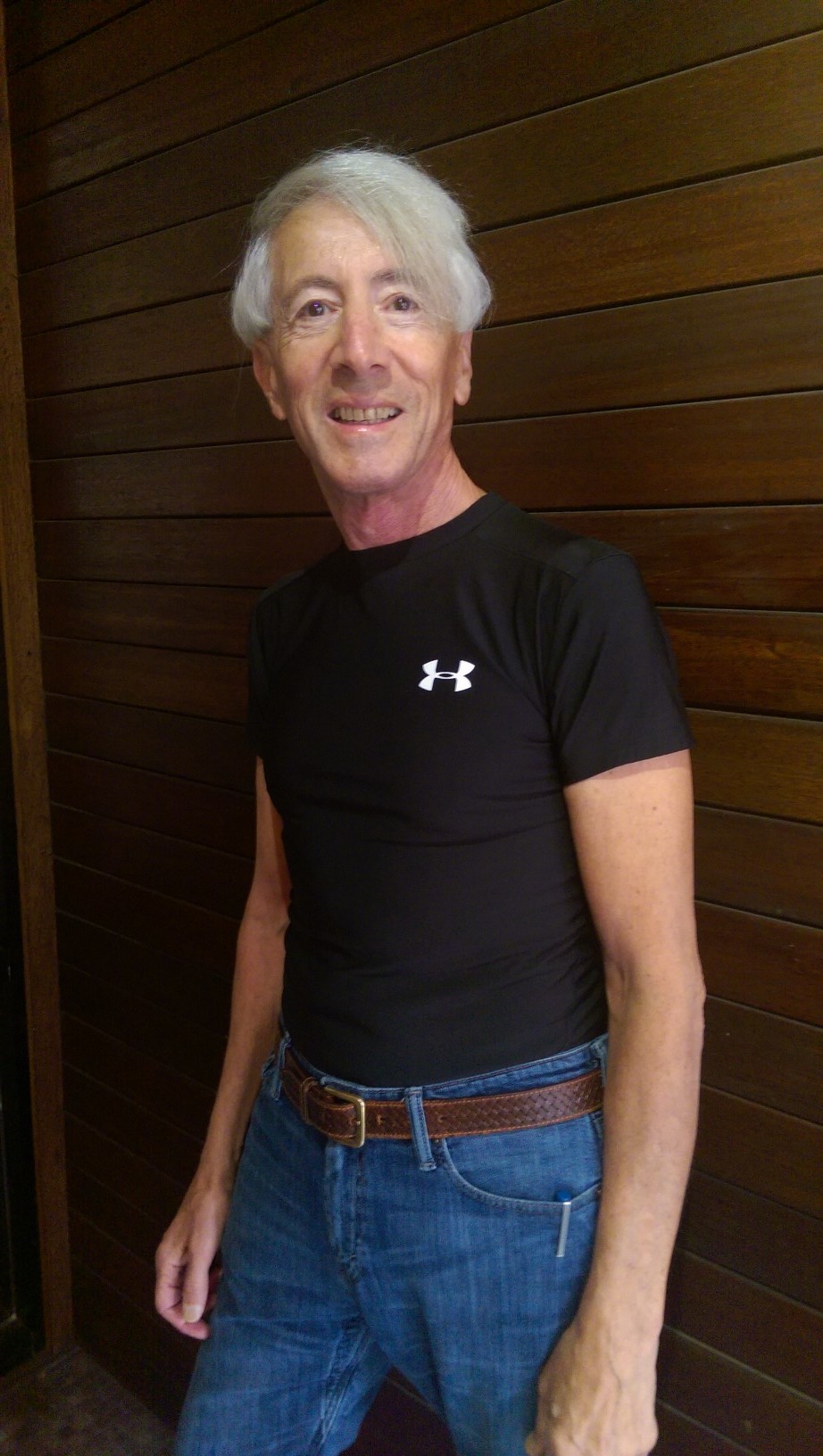Jaws at 50
Cynics believe Jaws is the movie that ruined movies. They’re not wrong. On June 20, 1975, Jaws opened on 464 screens at once—a record at the time—breaking the tradition of a slow rollout built on strong word of mouth. It worked. Jaws was the No. 1 film in America for 14 weeks and became the first film ever to gross more than $100 million. Ever a copycat industry, Hollywood imitated the success of this strategy, launching a shift in emphasis from the quality of the art to the quality of the marketing. Jaws itself spawned three sequels, but its real legacy is in the modern blockbuster itself, a film that can capture the zeitgeist before it’s even released.
But here’s the rub: Even if you enter Jaws with these thoughts percolating in your mind, they will be dissolved by the sheer, undeniable force of its filmmaking. Jaws did invent modern commercial cinema. It features numerous tropes that were relatively new at the time but are now fundamental. It’s a man vs. beast story that highlights the fallacy of our civilized existence. A story about people with distinct backgrounds and personalities who come together to fight an unbeatable foe. It’s a horror movie, with a soulless killing machine as a villain (slasher movies were taking notes). Recently, it has taken on even more relevance; five years ago, fans of the film noted how the central political dilemma of the film’s first half—close the beaches and lose economic revenue on which the town relies, or leave them open and risk individual tragedy—mirrored the political debates of the COVID era.
The fact that literally nothing about Jaws feels stale or dated is a testament to its director, a young Steven Spielberg, who has a preternatural gift for understanding where the story is and a dogged commitment to making every shot as visually compelling as possible without distracting the viewer. Consider a first-half scene on a ferry in which Chief Brody (Roy Scheider) is talking with Mayor Vaughn (Murray Hamilton) and his cronies. They’re leaning on Brody to keep the beaches open, despite a recent death by shark attack. It starts out in a long shot with the group of men talking. Then they move closer to the camera, as one of the cronies wanders off. Then Brody and Vaughn move even closer. Without moving the camera, Spielberg turns a visually static shot into a dynamic one, while conveying the truth of the scene: A politician using incremental pressure to push a public official toward a decision that violates his charge.
The film’s success is even more remarkable when you understand the difficult conditions under which Jaws was shot. The shark didn’t work. The actors quarrelled. Shooting on the ocean, which Spielberg insisted upon, was more difficult and costly than using a water tank. In fact, Spielberg refused to come to the set on the last day of the shoot for fear that the overworked crew were planning to throw him in the water for revenge (it has since become tradition that Spielberg always skips the final day). Still, there is no doubting that his methods got the most out of his cast and crew. The three central actors—Scheider, Richard Dreyfuss, and Robert Shaw—form a perfect trio, with Dreyfuss’ neurotic energy perfectly countered by Shaw’s virility and spontaneity. The actors reportedly sparred on set but eventually earned a mutual respect; a dynamic that is played out in the film’s brilliant scene in which the characters trade scars and stories below deck. In that scene, and elsewhere in the film, Scheider wisely cedes the foreground to them; he mostly functions as an audience surrogate, nervous, out of his element, and simply hoping to survive.
Fifty years on, the legacy of Jaws is clear. A half century of blockbusters, a lasting career for one of cinema’s great masters, a generation of moviegoers afraid to go in the water, and an unfortunate misunderstanding of the relationship between sharks and humans—to this day, no one seems to understand that shark attacks are relatively rare, and humans kill far more sharks than they do us. See the ravenous media coverage every time a great white is spotted anywhere near a coastline.
But the film still offers rich rewards for those who watch it summer after summer. On this viewing, I was struck by John Williams’ score, not the famous duh-duh theme that everyone can recount off the top of their head, but the adventure music that plays out on the ocean in between shark encounters. It’s rousing and playful, and it almost convinces you that Jaws is not a horror movie. Almost. It suggests that these tales of adventures—in Jaws and all its imitators—are simply the fantasies of civilized men who must risk death just to feel alive for a single moment. Fighting for your survival isn’t grand and operatic. It’s prosaic and painful. But for 50 years now, we have been more than happy to pony up for a ticket so we can spend two hours being convinced otherwise.


